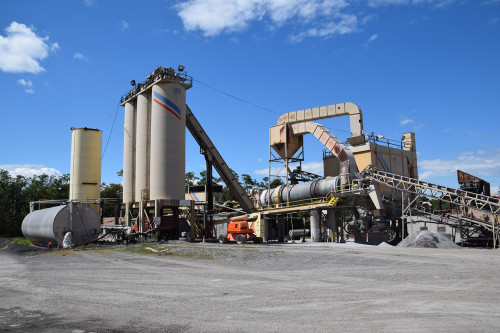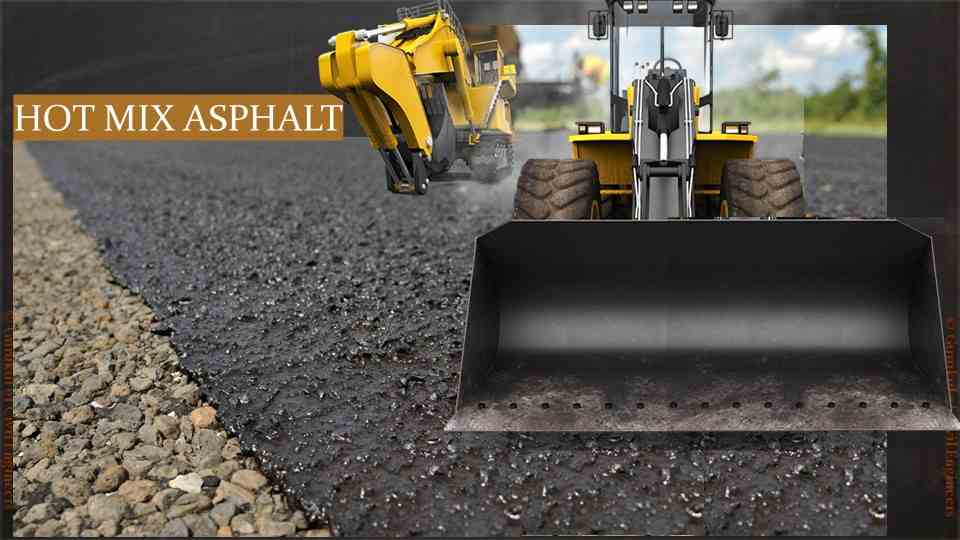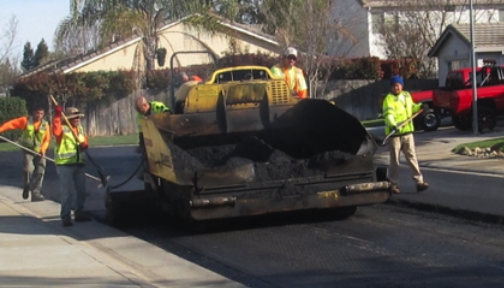Opening the Keys of Warm Mix Asphalt Modern Technology
Exploring the midsts of warm mix asphalt modern technology reveals a globe where specific solutions and thorough procedures assemble to shape our roads and infrastructure. The fusion of binders, fillers, and accumulations isn't merely a construction job yet a critical orchestration of longevity and efficiency. As we peer into the detailed dancing of elements, a tapestry of durability and sustainability unfolds. What exists beneath this surface area of asphaltic proficiency, and what tricks wait to be unveiled in the world of paving innovations?
Significance of Warm Mix Asphalt
Warm Mix Asphalt plays an important duty in modern-day framework development due to its resilience and cost-effectiveness. As the most typically utilized paving material for roads, freeways, and car parking lots, Hot Mix Asphalt offers a range of benefits that add to its relevance in construction projects.
The sturdiness of Hot Mix Asphalt comes from its composition, that includes accumulations, binder, and filler materials that are thoroughly selected and mixed to meet details efficiency demands. This accurate combination causes a solid and adaptable pavement that can endure constant usage without significant wear and tear. Hot Mix Asphalt is 100% recyclable, more enhancing its sustainability and ecological advantages. Generally, the significance of Warm Mix Asphalt in facilities development can not be understated, as it remains to be a cornerstone of contemporary building practices.
Components of Asphalt Mixes
The structure of asphalt blends consists of carefully chosen aggregates, binder, and filler materials that are critical for accomplishing certain efficiency requirements. Accumulations are the key element of asphalt blends, providing stamina and security. These aggregates can be natural, such as crushed rock or smashed stone, or artificial, like recycled products from old sidewalks. The binder, usually asphalt or asphalt concrete, holds the accumulations together and provides flexibility and longevity to the mix. The selection of the binder is vital as it straight influences the mix's performance in different climate problems. Fillers, such as hydrated lime or Portland cement, are utilized to boost the mix's workability and aging resistance. Angled Parking.
The combination and proportion of these components play a significant role in identifying the high quality and performance of the asphalt mix. Engineers thoroughly develop the mix to satisfy certain demands, taking into consideration aspects like website traffic quantity, environment conditions, and pavement life expectancy. Proper selection and harmonizing of accumulations, binder, and fillers are essential for producing sturdy, lasting asphalt pavements.
Mixing and Production Methods

Once the accumulations are chosen, the binder, frequently asphalt concrete, is included in bind the materials with each other. The binder's quality and amount dramatically impact the mix's strength, adaptability, and resistance to ecological variables. Additionally, fillers like moisturized lime or Portland cement might be incorporated to enhance details attributes of the asphalt mix, such as its workability or moisture resistance.
Throughout manufacturing, the accumulations and binder are heated up, typically between 250-325 ° F(121-163 ° C ), to assist in mixing and ensure appropriate layer of the aggregates. The blending process needs to be complete to attain a homogeneous blend that advertises the desired performance attributes of the asphalt. Numerous strategies, such as batch mixing or drum mixing, are used to attain consistent and high-grade asphalt blends for building tasks.
Factors Influencing Asphalt Efficiency
Aspects influencing asphalt performance include a range of variables that influence the durability, durability, and total high quality of asphalt sidewalks. One essential variable is the top quality of products made this contact form use of in the asphalt mix.

Environmental problems additionally influence asphalt performance. Temperature variants, wetness seepage, and web traffic loads can all impact the structural integrity of the sidewalk. Layout factors to consider, such as sidewalk density and water drainage, are necessary in guaranteeing the lasting performance of the asphalt sidewalk. By carefully taking into consideration these engineers, contractors and variables can optimize asphalt performance and enhance the service life of sidewalks.
Sustainable Practices in Asphalt Technology

Additionally, the development of warm-mix asphalt (WMA) modern technologies has gained grip in current years. WMA permits the production and positioning of asphalt blends at reduced temperature levels contrasted to traditional hot-mix asphalt, causing decreased energy intake and greenhouse gas emissions. The usage of porous asphalt mixes can help mitigate stormwater overflow issues by permitting water to infiltrate via the pavement and right into the ground, promoting all-natural water filtering and reenergize procedures. By implementing these lasting practices, the asphalt market can add to developing a more durable and environmentally friendly facilities network.
Verdict
To conclude, warm mix asphalt technology plays a critical role in contemporary facilities growth because of its sturdiness and cost-effectiveness. By very carefully balancing components, using proper mixing techniques, and taking into consideration numerous variables, engineers can produce premium asphalt mixes that stand up to rush hour tons and rough weather condition conditions. Embracing lasting techniques, such as utilizing warm-mix innovations and recycled products, even more improves the ecological kindness of asphalt modern technology.
Mixing and manufacturing strategies in warm mix asphalt innovation include the accurate combination and processing of accumulations, binder, and fillers to develop a resilient and high-performance asphalt mix.Elements affecting asphalt efficiency include a variety of variables that influence the longevity, durability, and overall top quality of asphalt sidewalks. Sustainable the original source methods in asphalt innovation incorporate various campaigns intended at lowering the environmental effect of asphalt manufacturing and paving processes. By including recovered asphalt sidewalk (RAP) and recycled asphalt roof shingles (RAS) right into new asphalt blends, the market can significantly lower the consumption of raw products and energy, while likewise decreasing garbage dump waste.
WMA allows for the production and positioning of asphalt mixes at lower temperatures contrasted to conventional hot-mix asphalt, resulting in lowered energy usage and greenhouse gas emissions.